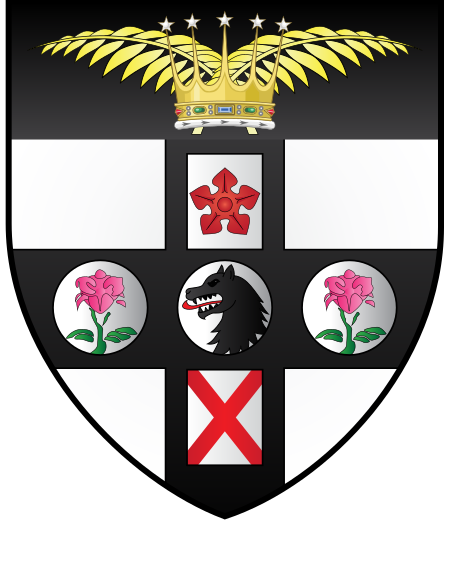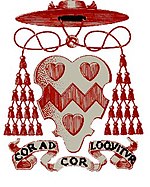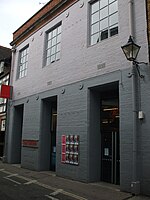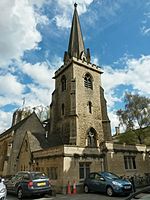Campion Hall, Oxford
1896 establishments in EnglandBuildings and structures of the University of OxfordCampion Hall, OxfordEducational institutions established in 1896Grade II* listed buildings in Oxford ... and 6 more
Grade II* listed educational buildingsJesuit universities and colleges in EnglandPermanent private halls of the University of OxfordResidential buildings completed in 1935Use British English from September 2013Works of Edwin Lutyens in England

Campion Hall is one of the five permanent private halls of the University of Oxford in England. A Catholic hall, it is run by the Society of Jesus and named after Edmund Campion, a martyr and fellow of St John's College, Oxford. The hall is located on Brewer Street, between Christ Church and Pembroke College. The buildings, along with many of the fixtures and fittings, were designed by Sir Edwin Lutyens, his only buildings in Oxford. The hall also houses an extensive collection of religious art spanning 600 years; the pieces were collected primarily by Fr Martin D'Arcy in the 1930s.
Excerpt from the Wikipedia article Campion Hall, Oxford (License: CC BY-SA 3.0, Authors, Images).Campion Hall, Oxford
Brewer Street, Oxford City Centre
Geographical coordinates (GPS) Address External links Nearby Places Show on map
Geographical coordinates (GPS)
| Latitude | Longitude |
|---|---|
| N 51.7496 ° | E -1.2582 ° |
Address
Campion Hall
Brewer Street
OX1 1QS Oxford, City Centre
England, United Kingdom
Open on Google Maps










